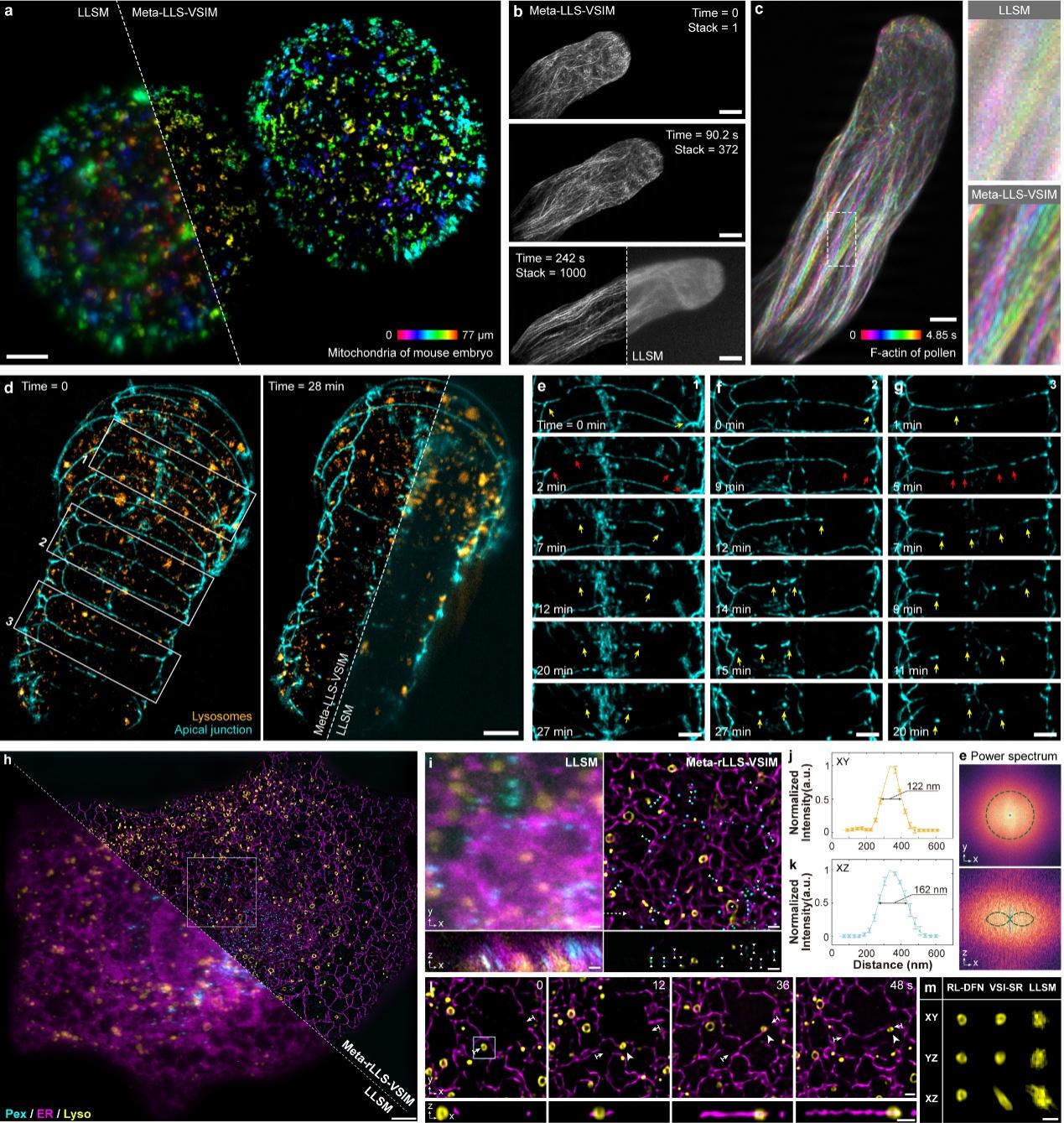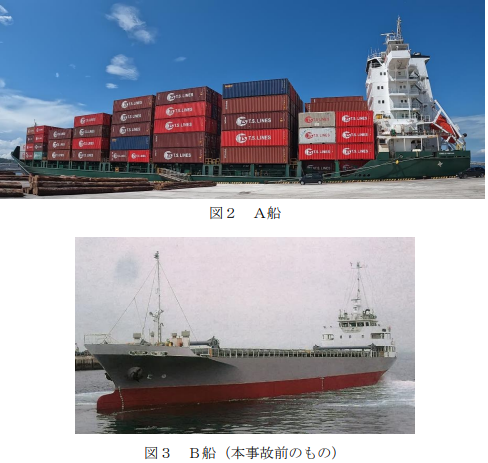2025-05-28 ノースカロライナ州立大学(NCState)

Echinometra mathaei, the most abundant sea-urchin species in Hōnaunau Bay, eroding the reef.
<関連情報>
- https://news.ncsu.edu/2025/05/huge-sea-urchin-populations-are-overwhelming-hawaiis-coral-reefs/
- https://journals.plos.org/plosone/article?id=10.1371/journal.pone.0324197
サンゴ礁の炭酸塩生産をスケールアップ: ウニの生物侵食がハワイのサンゴ礁の成長を抑制する Scaling-up coral reef carbonate production: Sea-urchin bioerosion suppresses reef growth in Hawaiʻi
Kelly J. van Woesik ,Jiwei Li,Gregory P. Asner
PLOS One Published: May 28, 2025
DOI:https://doi.org/10.1371/journal.pone.0324197
Abstract
Coral reefs provide essential social, economic, and ecological services for millions of people worldwide. Yet, climate change and local anthropogenic stressors are damaging reefs globally, compromising their framework-building capacity and associated functionality. A reef carbonate budget provides a quantitative measure of growth and functional status, but utilization of remote sensing to scale-up such a metric remains limited. This study used census-based field surveys across depths in Hōnaunau Bay, Hawaiʻi to examine rates of carbonate production, and scaled-up estimates across the bay with high-resolution benthic-cover data derived from airborne imaging spectroscopy. Average net carbonate production was ~0.5 kg CaCO3 m-2 y-1 across the 2–17 m depth gradient, ranging from -2.1 to 2.4 kg CaCO3 m-2 y-1 at 3 and 6 m, respectively. The scaling model with the lowest root mean square error was achieved using a 2-m resolution map of live coral cover. Sea-urchin densities averaged 51 individuals m-2, which were among the highest recorded densities on coral reefs globally. The subsequent high bioerosion from sea urchins suppressed estimated reef-growth potential, particularly in the shallow reef <6 m. Field estimates of net carbonate production translate to vertical reef accretion of ~0.5 mm y-1 across depths, indicating the reef in its present form is not keeping pace with the current rate of sea-level rise (3.55 mm y-1) in west Hawaiʻi. These results suggest a need for improved fisheries management in Hōnaunau Bay to enhance carnivorous-fish abundances, thereby helping to reduce sea-urchin densities and improve reef-growth capacity. Critically, an estimated threshold of ~26% live coral cover is currently needed to maintain positive net production across depths. This study demonstrates the utility of monitoring carbonate production by integrating field measurements and airborne imaging spectroscopy, and highlights the need for management decisions in west Hawaiʻi that enhance resilient carbonate budgets of coral reefs.



